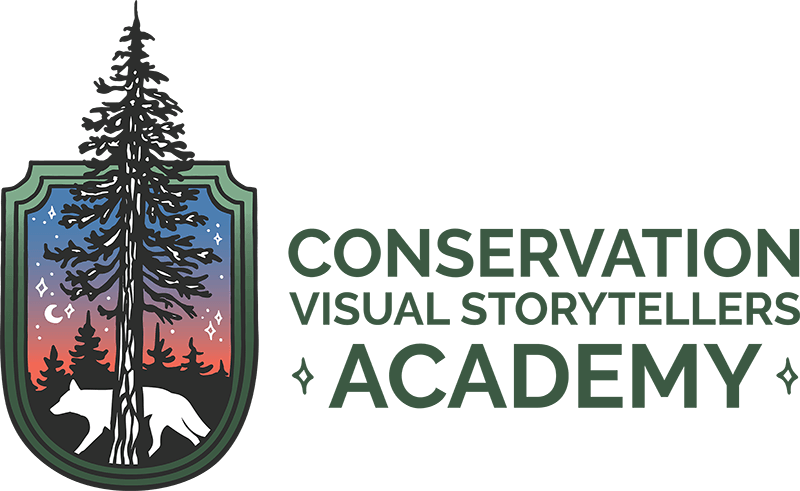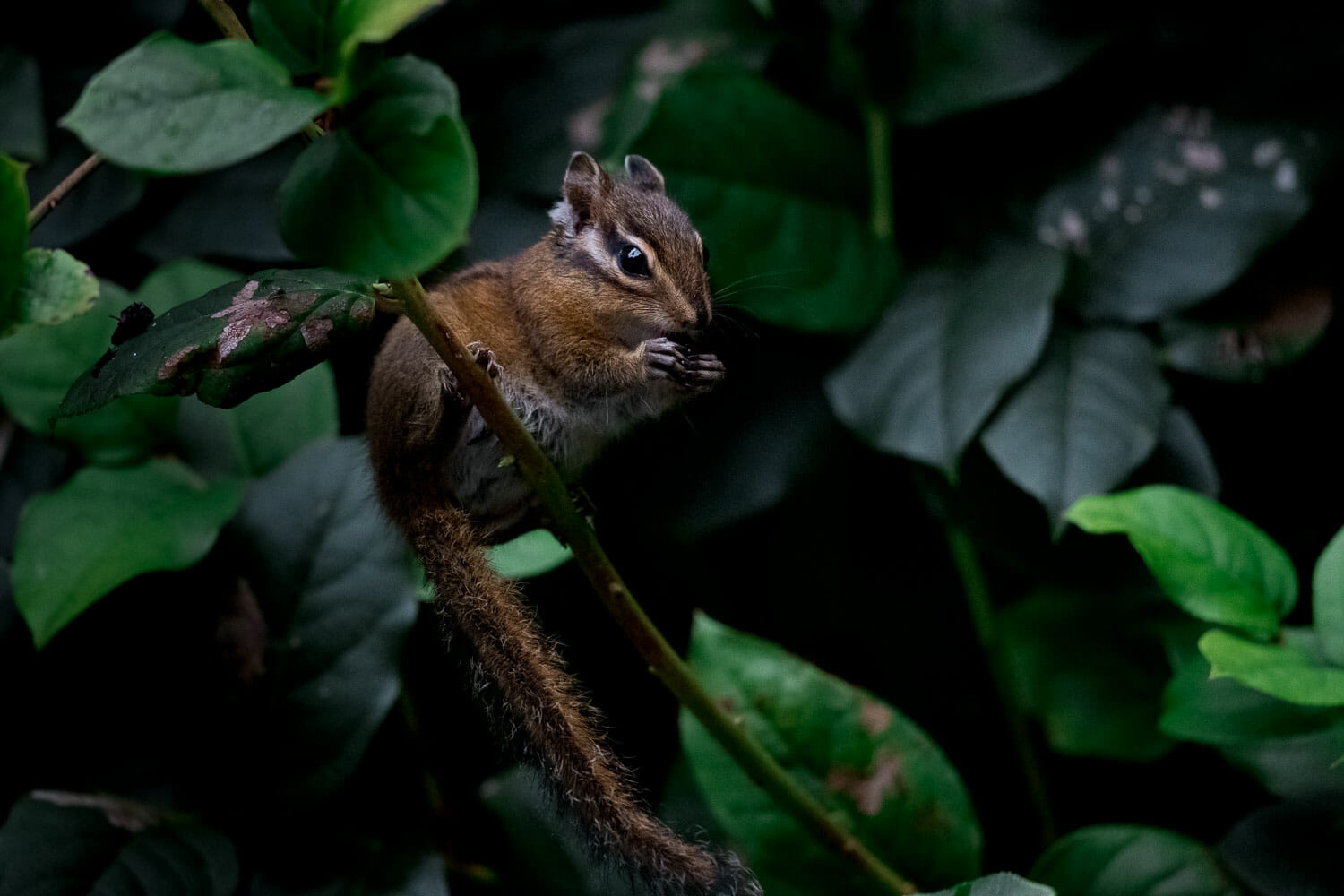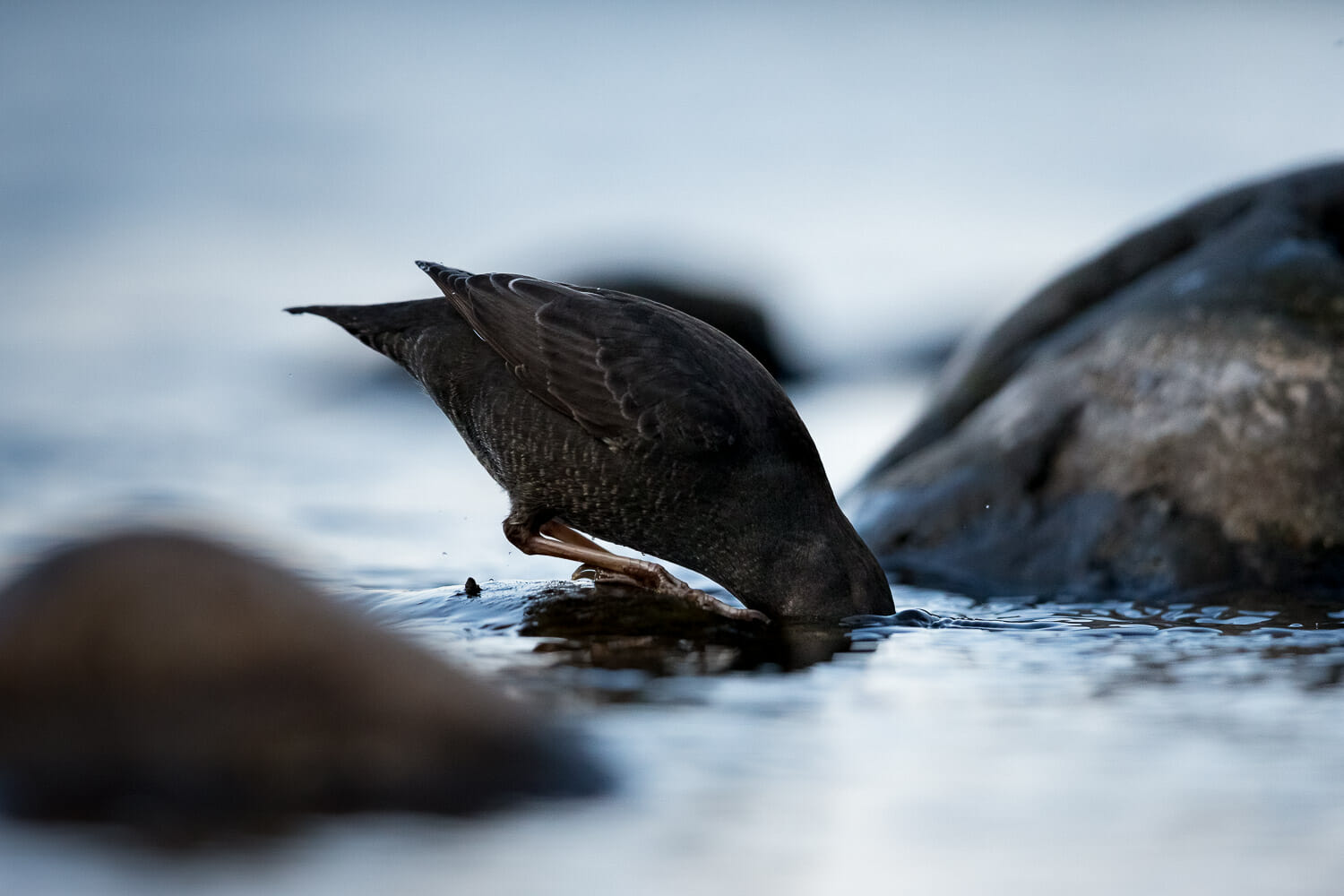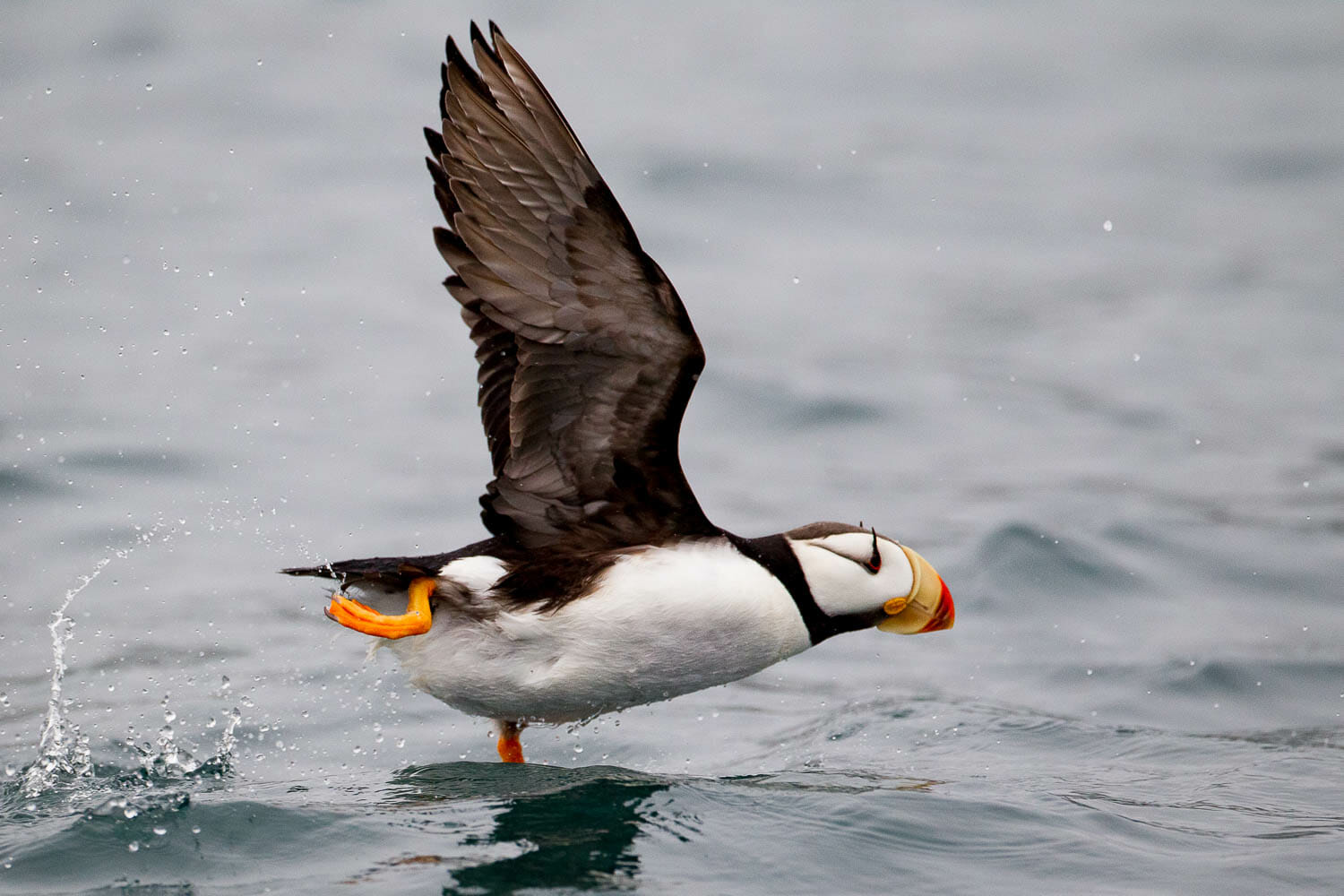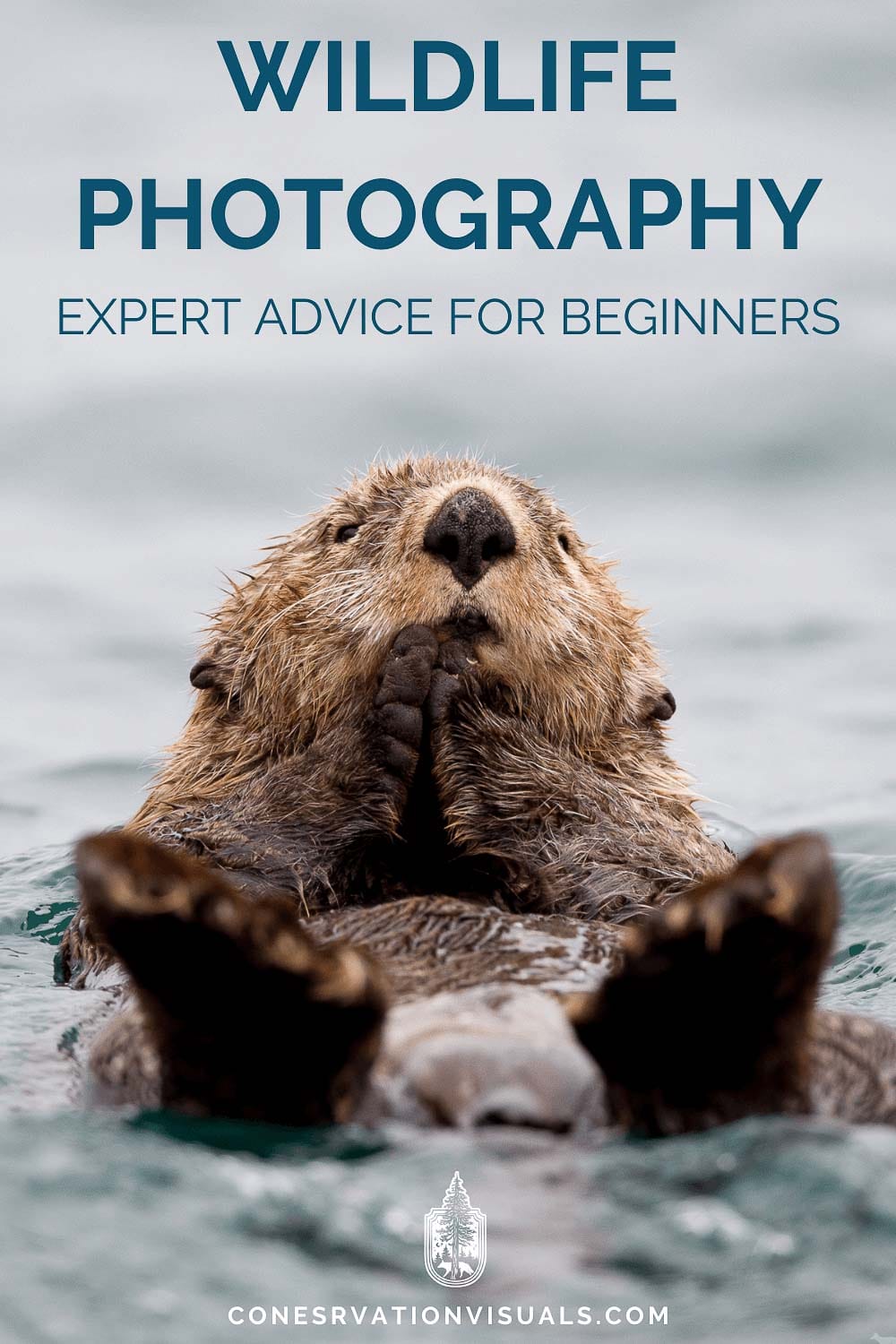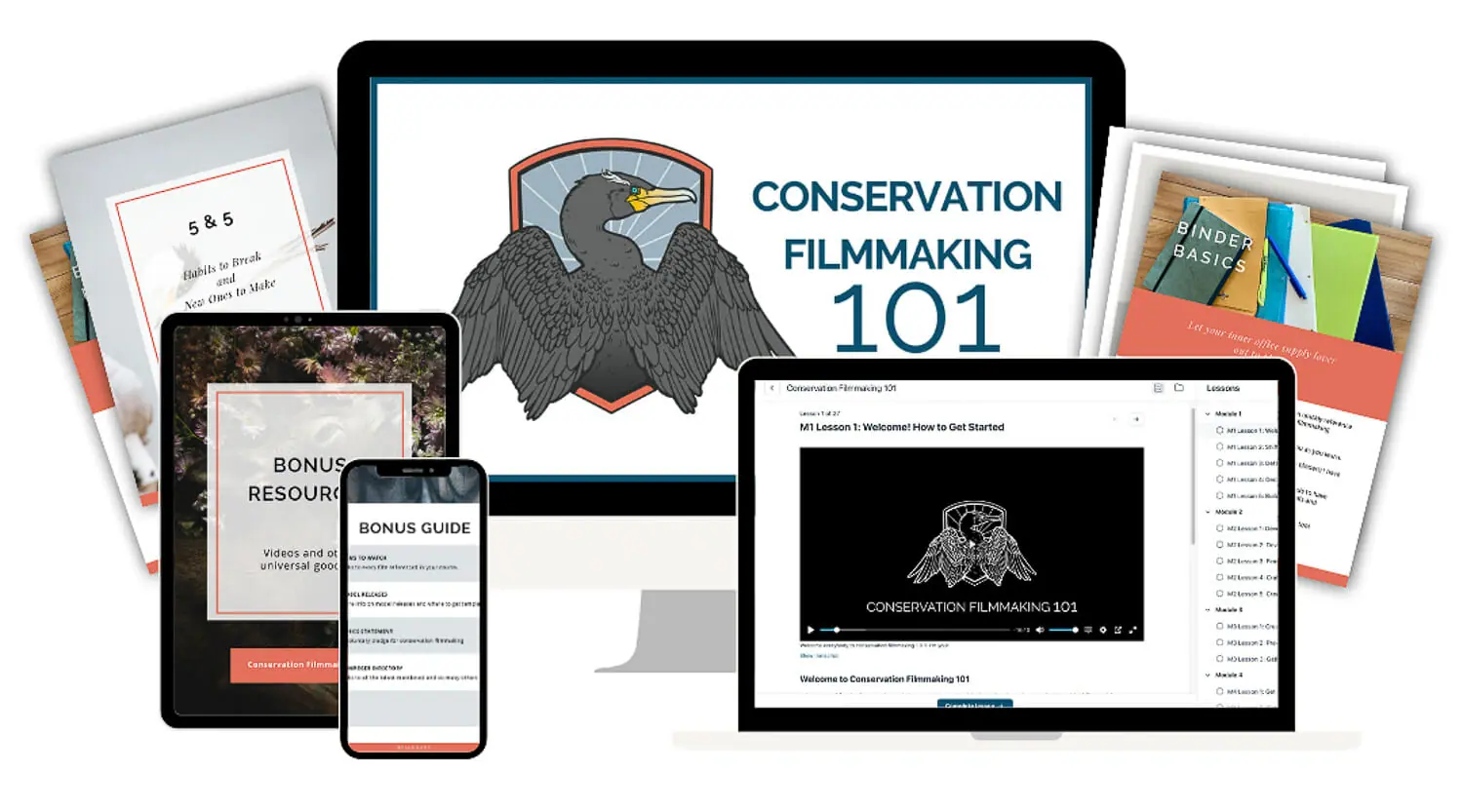There is something magical about capturing a wild creature's candid moment, of witnessing a world that is separate from our own while still completely intertwined.
If you're reading this, you're probably looking to venture into the great outdoors, camera at the ready, to immortalize those fleeting flashes of raw, natural beauty.
This guide is tailor-made for beginners curious about photographing animals and other wild creatures and chock full of the tricks and tips you need.
Read on, and you'll discover how to photograph wildlife with the best of 'em.
Contents
- What is wildlife photography?
- Types of wildlife photography
- Ethics in wildlife photography
- Wildlife photography tips for beginners
- Locations to try out as you're getting started
- Incorporating wildlife photography into your travel
- Study the work of photographers you admire
- How you can make an impact for nature and wildlife conservation through your photos
What is wildlife photography?
Wildlife photography is a type of nature photography that focuses on capturing images of wild animals within their natural environment.
As you might imagine, it requires patience. You might spend hours or even days waiting to snap that perfect shot. But when you do, the result is exhilarating and rewarding in a way that's hard to put into words.
It's about respect and understanding that you are a visitor in the animal world. It's a celebration of that world's diversity and complexity, captured through a camera's lens.
Wildlife photography is about wild animals being wild; it doesn't include shots of pets or other domesticated animals (not that those photos don't have their own inherent value, just take a look at the phone photos on any dog owner – myself included!), nor is not about staging or manipulating scenes to get the shots you want.
The ethos of this genre is based on observing and capturing wildlife in their natural behavior without any interference.
There are so many forms that wildlife photography can take. Whether you love certain species, or ecosystems, or interactions, there's an exciting niche waiting for you to explore.
Types of wildlife photography
Wildlife photography comprises of several categories, each with a unique way to explore and document the natural world.
Here are just a few common focus areas:
❂ Bird photography focuses on capturing images of birds in their natural habitats. This genre requires a great deal of patience and precision, as birds are often fast-moving and elusive.
❂ Macro wildlife photography involves taking close-up shots of small creatures, such as insects, spiders, and amphibians, allowing photographers to reveal the intricate details and patterns of these often-overlooked creatures.
❂ Underwater wildlife photography captures the fascinating world beneath the water's surface. This might involve photographing fish, coral reefs, or marine mammals like seals and dolphins. It requires special underwater equipment and, depending on what you're shooting, sometimes scuba skills.
❂ Mammal photography encompasses any animal, from small rodents to large predators, often taking place in nature reserves or national parks.
❂ Landscape wildlife photography captures the subject or multiple subjects in the context of their environment. It's also sometimes called environmental portraiture, or animal-in-environment. This involves using a wide-angle lens to get shots where the surrounding landscape plays a significant role in the composition of the image.
A great wildlife photographer can create photos without being noticed. The less impact you can have, the more likely you are to get great images of interesting behaviors.
Ethical wildlife photography
Our top wildlife photography tip (less a tip, and more a must) when photographing wildlife – whether you're a beginner wildlife photographer or a professional wildlife photographer – is that we always put the animal's safety first.
Our guiding principle of wildlife photographers is to “do no harm”—this includes not disturbing the animals, damaging their environments, and not using bait to lure them into a photo. It's about valuing the experience and the privilege of witnessing animals in the wild over getting the ‘perfect shot.'
Here are few tips:
- Minimize your presence and noise level as much as possible to avoid disturbing or frightening the animal.
- Maintain a safe distance. Getting too close can stress animals and disrupt their natural behaviors.
- Keep wildlife wild. Feeding animals habituates them to humans and alters their natural behaviors, all of which is dangerous for the animal.
- Don't share the location details of sensitive habitats or endangered species, as that can lead to overcrowding and habitat degradation in the area.
Curious to learn more? Get additional dos and don'ts in our guide to ethics in wildlife conservation photography.
Though there's a lot to learning wildlife photography, getting started is really easy. Just pick up your camera and head outside. Any yard, park or walking trail has opportunities waiting!
Wildlife photography tips for beginners
We know you don't just want to shoot better wildlife photos; you want to shoot great wildlife photos! As a beginner wildlife photographer, you may find this task daunting, but with the right approach, patience, and practice, you'll start capturing stunning wildlife images.
1. Understand your equipment
Before you venture into the wild, familiarize yourself with your camera body, camera settings and features. Knowing how to quickly adjust settings such as aperture, shutter speed, and ISO can help you capture the fleeting moments that make wildlife photography so rewarding.
Don't have your ideal camera kit yet? Here are our in-depth recommendations for the best camera bodies and best lens choices for wildlife photographers. These guides will get you set up with the just-right equipment in no time!
❂ Use autofocus to shoot sharp, clear images of fast-moving subjects.
Yes, manual focus will be important in many situations. But all photographers commonly use the continuous autofocus mode (also known as AI Servo in Canon cameras or AF-C in Nikon cameras), which allows the camera to continually adjust the focus as the subject moves.
This feature is particularly beneficial when photographing birds in flight, running mammals, or other dynamic wildlife scenes.
Learn how to use your camera's autofocus to ensure a sharp image or play with settings to capture dynamic motion blur in your image.
❂ Longer focal lengths allow photographers to snap detailed images of wildlife from a safe and respectful distance.
A lens with a focal lengths of 300mm to 600mm is often used to photograph animals without disturbing them. However, while longer focal lengths bring you ‘closer' to the subject, they also reduce the depth of field, potentially blurring the background, which can be desirable for isolating the subject but requires careful focus.
❂ Shutter speed plays a critical role in wildlife photography as it directly influences the sharpness and motion capture of the subject.
A fast shutter speed, such as 1/1000th of a second or faster, is essential for freezing movement, capturing fast-moving animals in sharp detail. Conversely, a slower shutter speed, such as 1/60th of a second, allows for the capture of motion blur, showcasing the dynamism of the wildlife subject.
It's a case of balance – too slow a shutter speed may result in blurred images due to camera shake or animal movement, while too fast a shutter speed may result in underexposed images.
❂ Camera shake occurs when the camera moves during exposure, resulting in blurry images.
It's particularly important to manage this when capturing wildlife, as a slight movement can cause a perfect shot to become blurred, especially at longer focal lengths and slower shutter speeds commonly used in this field.
To control this, try using a tripod or monopod to stabilize your camera, or if you're shooting handheld, try holding the camera's right side with your right hand while supporting the lens with your left hand and keep your elbows close to your body for added stability. And, of course, make use of image stabilization features!
Knowledge about your subjects is even more important than knowledge about how your camera works. This is how you find animals, and spot those fascinating moments that make great photos.
2. Learn about your subjects
Take the time to learn about the different animals you wish to photograph.
By understanding the behaviors and habits that go on throughout the course of their day, you empower yourself to predict their actions, leading to more well-timed and engaging photos.
For instance, knowledge about their feeding and mating habits can guide you on the best times of the day or year to get a shot of a unique behavior rarely seen by humans!
Learning about their habitats is also crucial for finding and approaching them without causing distress or interrupting their natural activities.
Animals react differently to the presence of humans; some may flee, while others could become aggressive. Your understanding of these behaviors is vital for your safety as well as that of the animals.
A deep understanding of your subject can enrich the stories you tell through your images, adding depth and context to your work. It can facilitate a connection between your audience and the subject, promoting awareness and appreciation for wildlife.
Don't hesitate to reach out to experts to gain local knowledge of subjects you're interested in.
The sooner you can learn the art of sitting still, the better. The best shots are captured with time and a chill vibe. That's when animals are the most interesting!
3. Practice patience
Patience in wildlife photography involves much more than just waiting. It's about finding peace in the process and immersing yourself in the natural world around you.
Often, the best wildlife photographs are not the result of a quick snap but hours, sometimes days, of patient observation and waiting.
It's not uncommon for wildlife photographers to spend days in one location, observing the patterns and behaviors of their subjects before the right moment presents itself.
Keep in mind that not every outing will yield a successful photograph – and that's okay! Weather conditions, lighting, animal behavior, and myriad other factors are all outside of your control.
We recommend embracing these variables and viewing them as part of the experience.
A great moment is never far away with wildlife photography. If you take the time to prepare your gear and your mindset, you'll be ready for anything that pops up.
4. Be prepared
Preparation goes beyond knowing your equipment and understanding your subject; it also involves anticipating the unpredictable elements of nature, such as bad weather or low light conditions, and ensuring you have the necessary gear to adapt.
Rain, snow, or heavy wind can quickly change the landscape and the behavior of your subjects. Make sure to have protective gear for your camera, and consider a weather-sealed body and lenses for shooting in adverse conditions.
These elements might pose challenges, but they can also provide unique and dramatic lighting conditions for your photos, so don't be discouraged!
Low light situations are common in wildlife photography, especially when photographing at dawn or dusk when many animals are most active. Understanding how to adjust your camera settings to capture sharp, well-exposed images in low light is crucial.
Remember that in the excitement of capturing wildlife, you can quickly burn through memory cards and batteries. Always carry spares so you don't miss a fantastic shot because you've run out of storage space or power.
Make backups a part of your routine, either by investing in a portable hard drive or using cloud storage, to ensure your hard-earned images are safe.
The age-old advice is to learn the rules so you can break them. But it's also fun to simply experiment and explore. Take loads of different photos in the moment and see what you like best.
5. Experiment with composition
Great wildlife photos often involve more than just capturing the subject; they're also about creating a visually appealing arrangement that tells a story. This is where composition comes into play.
One of the most popular compositional techniques is the “rule of thirds.”
The frame is divided into a 3×3 grid, and the subject of the photo is placed along these lines or their intersections.
This placement tends to create a more balanced and engaging image compared to centering the subject. The technique not only highlights the animal but also emphasizes its habitat.
The “frame within a frame” concept is another powerful composition technique. This involves using elements within the image to create a frame around your subject, drawing the viewer's eye directly to it.
For example, you might use overhanging tree branches to frame a bird in flight or the mouth of a cave to frame a bear. The frame can add depth and context to the image, making it more compelling.
Experiment with these rules and adjust them to the needs of your scene. After all, they're guidelines and not hard and fast rules.
Don't worry about “what works on social”. Photograph with your heart, allow yourself space to explore, and soon you'll find your own unique style and way of seeing the natural world. And that's something everyone will appreciate and admire (yourself included!).
6. Explore different styles and approaches without pressure
Photography is an art, and like any art form, there's no one-size-fits-all approach. Don't be afraid to step out of your comfort zone and experiment with different techniques.
You could try capturing motion blur of animals on the move, playing with depth of field, or even experimenting with black and white photography to convey a certain mood or tone.
The key is to remain open and receptive to learning, always evolving your techniques and deepening your understanding.
With each new style you try, you'll gain more skills and insight that can help enhance your work.
Recommended: Check out episode 11 on the Impact podcast: 3 Tough Truths About Finding Your Style for more about the power of zeroing in on your own unique style in wildlife and nature photography.
The greatest photographers invest in themselves through constant learning. Take classes, get portfolio reviews, seek out mentorship. And know this: your education never ends.
7. Keep learning
Obviously, we take this one to heart around here at the Academy.
The journey of a wildlife photographer is one of perpetual learning and growth. Each day in the field brings new opportunities to discover, explore, and refine your craft.
Whether you're adjusting to unexpected weather, experimenting with composition, or diving deeper into the intriguing behaviors of your subjects, remember that each moment is a stepping stone to mastery.
Embrace the journey, celebrate your progress, and remember – the best wildlife photographer is the one who never stops learning.
You may think you need to travel far for great wildlife photo opportunities. But the truth is, some of the most incredible and satisfying photos can be found right near home.
Locations to try out as you're getting started
A top wildlife photography tip we can't stress enough is the value in looking local. Sure, almost all of us would love to be on an African safari photo shoot, but that's not practical for those of us across an ocean from it.
Staying close to home gives you an opportunity to get comfortable with your equipment and practice your skills without having to travel far.
Check out these spots that are much closer to home:
❂ Your own backyard
Don't underestimate the potential of your own backyard! It can be a mini wildlife sanctuary where you can observe and capture various creatures, especially birds and insects. Grow native plants that have the potential to attract a variety of species.
❂ Local parks and nature reserves
A local park, nature reserve, and even more populated and developed urban environments are often rich with wildlife! Birds, squirrels, rabbits, insects, and a variety of other species can be found in these locations.
❂ Nearby bodies of water
Rivers, lakes, and ponds can be excellent places to photograph ducks, geese, herons, and other waterfowl or even to snap some local underwater photos.
❂ Reputable animal sanctuaries
While wildlife photography emphasizes capturing animals in their natural habitats, animal sanctuaries can provide an opportunity to get more comfortable photographing wildlife while bringing attention to the incredible work many of these sanctuaries are doing.
It's not always easy incorporating wildlife photography into your family vacations or work travel plans. But it's possible if you plan for it (and don't set your expectations too high).
Incorporating wildlife photography into your travel
If you are traveling, use it as an opportunity to incorporate wildlife photography into vacations. As you become more comfortable and want to expand your horizons, integrating this hobby into your travel plans can open up new and exciting opportunities.
Here are some tips for seamlessly incorporating wildlife photography into your trips:
1. Research destinations
When planning your travel, do some research on the wildlife native to your destination. National parks, reserves, and protected areas are often excellent places to find a variety of species.
2. Optimize your schedule
Wildlife is often most active during the ‘golden hours' of dawn and dusk. Plan your days accordingly to maximize your chances of successful photography sessions.
3. Pack smart
Pack your photography equipment carefully, carry a variety of lenses to be prepared for different situations and distances, and consider bringing a lightweight tripod for stability.
4. Join guided tours
Local guides often have deep knowledge about the local fauna and their habitats, which can significantly increase your chances of successful wildlife encounters.
5. Be respectful
Regardless of where you travel, always respect local regulations, cultures, and environments. Remember, the principles of ethical wildlife photography apply everywhere.
Inspiration is everywhere. Take the time to study images you love and figure out what it is about them that works for you. Then you can incorporate those elements into your own photography.
Study the work of photographers you admire
As you head into your photography journey, it can be immensely valuable to study the works of photographers you admire – not only those within the realm of wildlife photography but also masters from other genres.
There's a wealth of inspiration and technical knowledge to be gained from their experiences, styles, and approaches to photography.
1. Gain a fresh perspective
Studying a landscape photographer's work, for instance, can offer unique insights into capturing the beauty of natural environments or provide a great example of how composition techniques like the rule of thirds are used to create more impactful backdrops. Or how to best shoot in the first light of the day or how to get great photos during the golden hour.
A portrait photographer's work can inspire you to capture intimate, detailed photos of your subjects, highlighting their individual characteristics and expressions in a way that resonates with viewers.
2. Absorb and apply
Look not just at the final images, but delve deeper into the stories behind those shots – the planning, the patience, the artistry, the technical settings, and the serendipity. Many photographers share their stories, insights, and technical details, all of which you can absorb and apply to your own work.
3. Foster your own style
While it's helpful to draw inspiration from others, remember that the aim is to foster your own unique style. Take elements that resonate with you, experiment with them, and integrate them into your work in a way that reflects your own perspective and creativity.
As you evolve in your journey, you may find that you not only develop technically, but your work will also begin to reveal a style that's distinctly your own. This moment of self-discovery can be incredibly rewarding, so remain open, be patient, and keep shooting.
Your photos can be more than pretty snapshots. They have the power to inspire, educate, and protect the very places and species you love to photograph.
How you can make an impact for nature and wildlife conservation through your photos
As a wildlife photographer, you have the power to make a tangible impact in environmental conservation.
By capturing and sharing images of the natural world and its inhabitants, you can raise awareness about the beauty and fragility of our planet's ecosystems.
And this awareness can inspire action!
In your role as a wildlife photographer, you can support conservation efforts by partnering with non-profit organizations, helping them spread their message and effect change.
You can also make an impact by contributing your photography skills to scientific research projects that often rely on photographs to help them track wildlife populations, migration patterns, and changes in habitats.
Your contributions can provide valuable data that aids in conservation efforts.
Each photograph you take and share contributes to a broader understanding and appreciation for the world we share with wildlife.
Through your lens, you can inspire others to value and protect nature.
Recommended: Check out our complete Guide on Conservation Photography for details about what's in store for you in this exciting niche and how to dive in.
